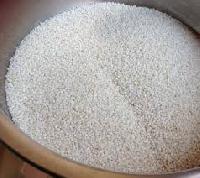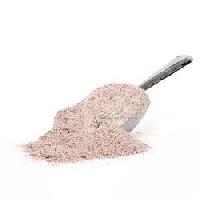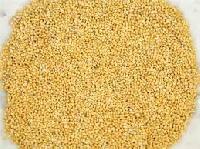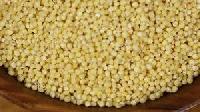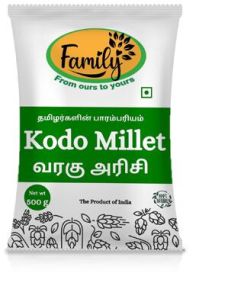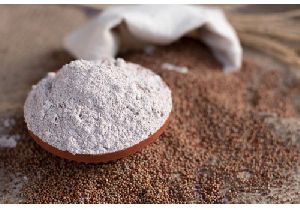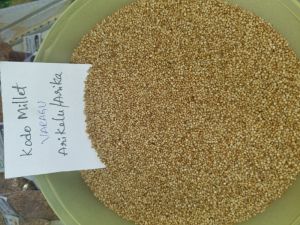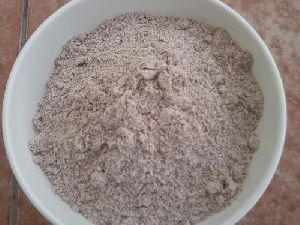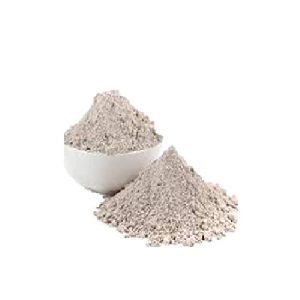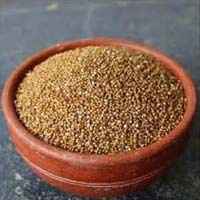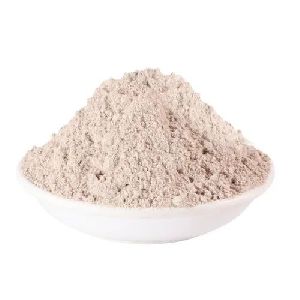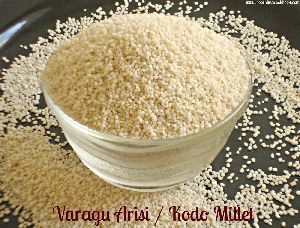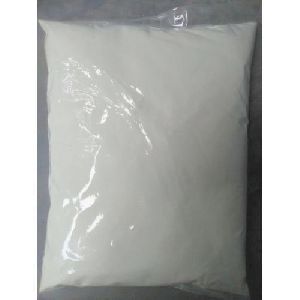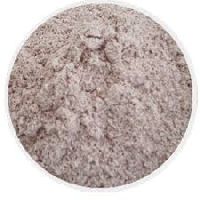There’s great news for all you gluten intolerant people! if you are looking for alternatives, then don’t forget to incorporate the pearl millet in regular diet. The most widely grown millet, the pearl millet, is known for its culinary uses as well as health benefits. millets are a great source of starch, making it a high-energy food. It is also an excellent source of protein and fiber. It is said that the amino acids in the pearl millet are more easily digestible than the ones found in wheat. due to essential nutrients such as methionine (an amino acid), b complex vitamins (niacin, thiamin, and riboflavin), folic acid, lecithin, potassium, magnesium, manganese and zinc, millets are very effective in several roles. Niacin reduces cholesterol while magnesium is essential for maintaining good heart health, as it lowers blood pressure and reduces the risk of heart attacks. pearl millet is a rich source of phosphorus, which plays an important part in the structure of body cells. Phosphorus, found in pearl millets, is a significant component of several necessary compounds including adenosine triphosphate (atp). This element is also a crucial component of nucleic acids, which are the building blocks of the genetic code. Phosphorus is a constituent of lipid-containing structures such as cell membranes and nervous system structures. recent studies have proven that regular consumption of pearl millets help in preventing gallstones in women. They contain insoluble fibers which not only speed up intestinal transit time but also reduce the secretion of bile acids. Pearl millets are known to increase insulin sensitivity and lower the level of triglycerides. regular intake of millets provides protection against breast cancer in pre-menopausal women. Apart from that, it has also shown a considerable reduction in the occurrence of wheezing and asthma in children.
